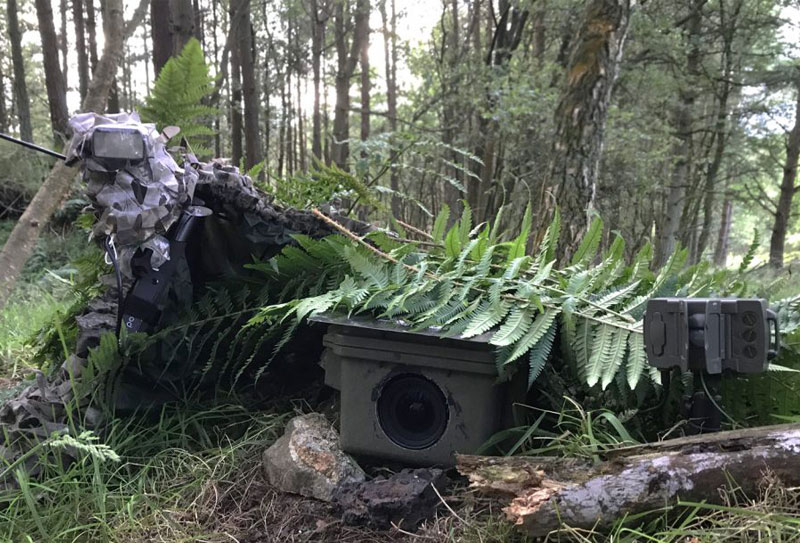PROLUPUS PHOTO TRAPS

PROLUPUS PHOTO TRAPS
A camera trap is a camera that is automatically triggered by a change in some activity in its vicinity, like presence of an animal. It is typically equipped with a motion sensor – usually a passive infrared (PIR) sensor or an active infrared (AIR) sensor using an infrared light beam.[1] Camera trapping is a method for capturing wild animals on film when researchers are not present, and has been used in ecological research for decades. In addition to applications in hunting and wildlife viewing, research applications include studies of nest ecology, detection of rare species, estimation of population size and species richness, and research on habitat use and occupation of human-built structures.[2] Camera traps, also known as trail cameras, are used to capture images of wildlife with as little human interference as possible.[1] Since the introduction of commercial infrared-triggered cameras in the early 1990s, their use has increased.[3] With advancements in the quality of camera equipment, this method of field observation has become more popular among researchers.[4] Hunting has played an important role in development of camera traps, since hunters use them to scout for game.[5] These hunters have opened a commercial market for the devices, leading to many improvements over time.
